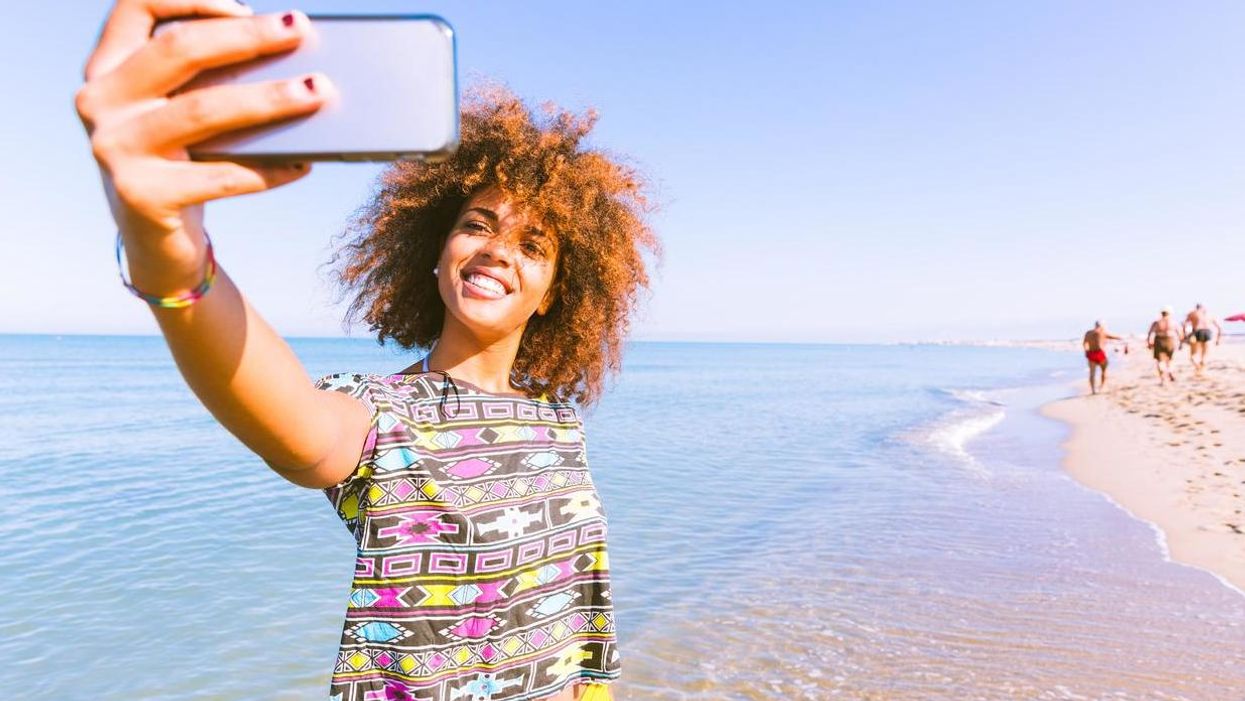
A new study has revealed the photo techniques men and women use on Tinder.
Is having six photos too many? Do you look needy?
Does only three make you look like there are only three passable photos of you in existence?
Tinder etiquette, and coming across well on the image-dominated website, is difficult.
To cope with this, it seems users have developed some interesting techniques.
Researchers from the University of Saskatchewan, Canada, studies selfies from 900 heterosexual participants.
The author of the paper, Jennifer Sedgewick, created two fake Tinder profiles - one of a heterosexual male and one of a heterosexual woman.
Research assistants were then asked to categories screenshots of 557 Tinder profile images, and categorise them into above or below angle shots.
Prior to the study, the team hypothesised:
[Tinder users] may intuitively know to select an image where the vertical angle of the camera is consistent with how they want to be presented to the opposite sex: for men, from below to appear larger and dominant (i.e., powerful) and for women, from above to look smaller and submissive (i.e. less powerful.)
Get Down
The results showed that 25 per cent of women took a photo from above, with the camera pointing down at them.
By contrast, only 16 per cent of men did the same.
Keep it above the waist
However, 40 per cent of men took photos from below, typically from the waist up. This was only the case 16 per cent of female Tinder users surveyed.
The team stressed that not much could be extrapolated from this, given that the personalities of the participants were unknown to the researchers.
However, they did suggest that men may wish to adhere to stereotypes of masculinity, such as being tall, and having a more defined chin. These traits can be accentuated by a camera angle from the waist up.
Women also tended to use a selfie as their first image (90 per cent), compared to just 54 per cent of men who opted for a photo taken by someone else.
The results were published in the journal Frontiers of Psychology in June 2017.














